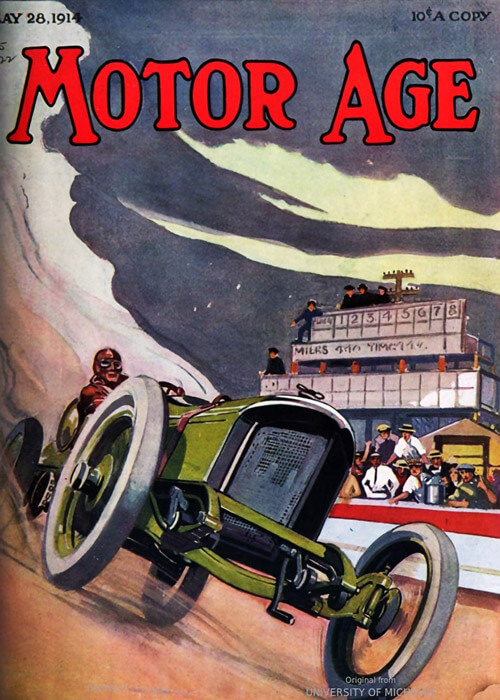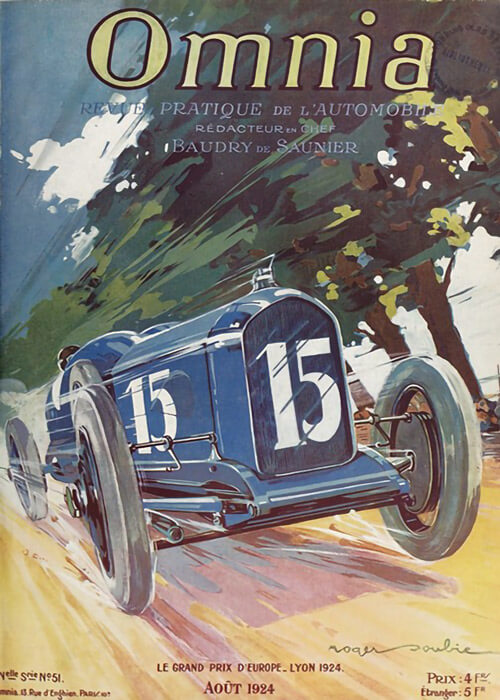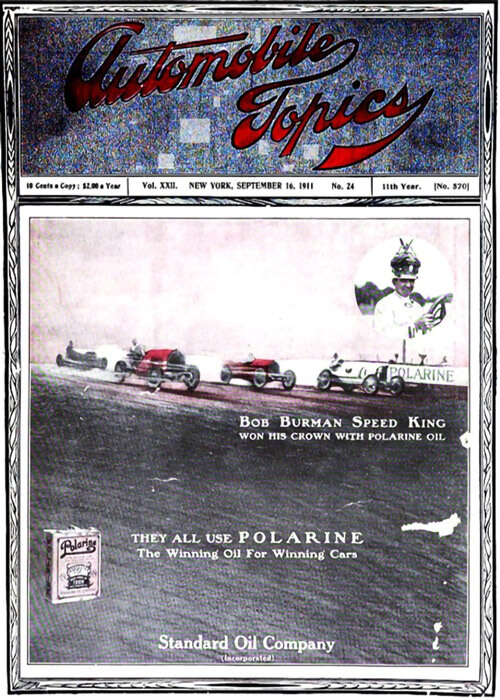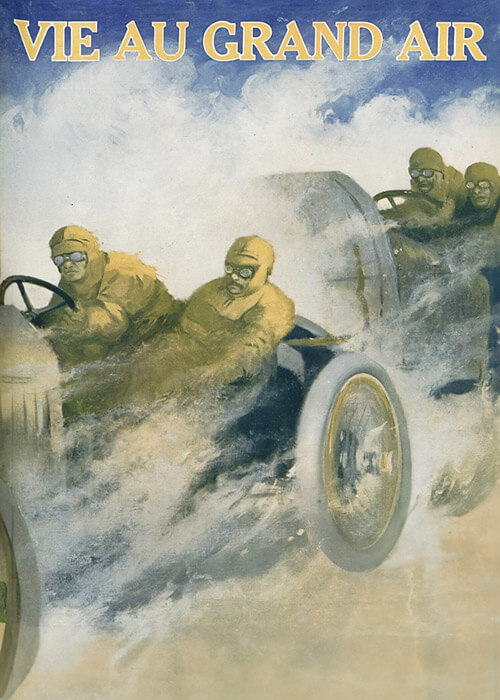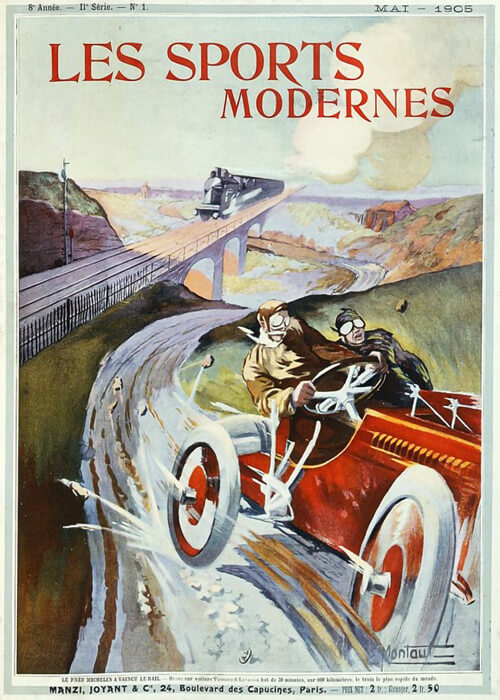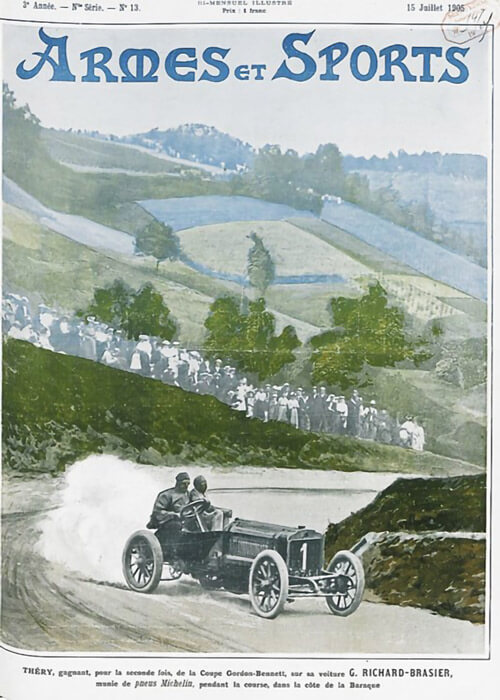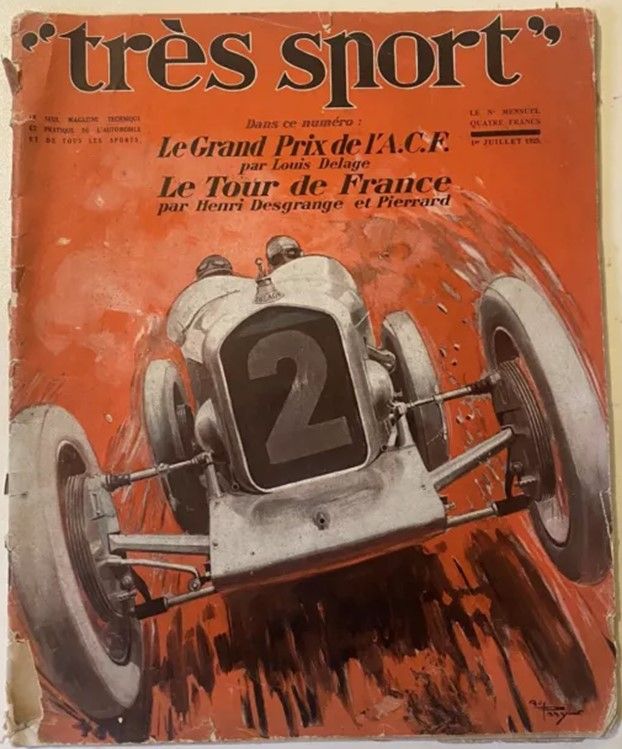
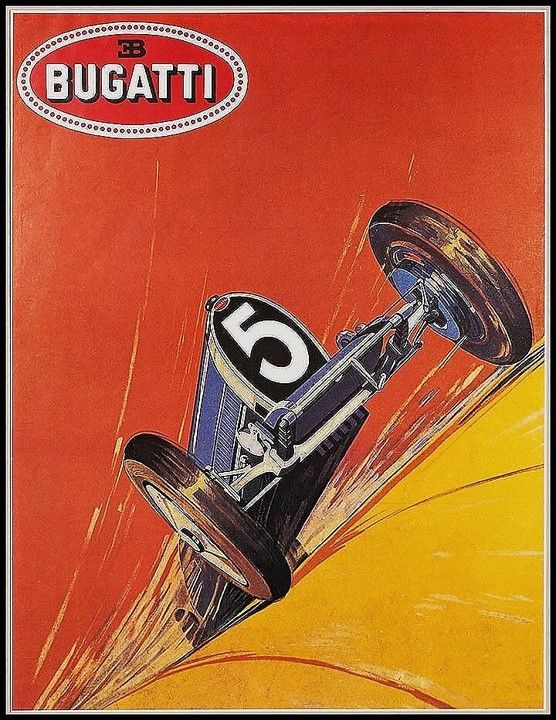
Text and photos with courtesy of hathitrust.org, USA, compiled by motorracingistory.com
STORY OF THE AUTOMOBILE page 83
French Industry.
Many influences were at work about 1860 to give the automobiling industry a healthy growth in France. The English roads were consecrated to the horse. Excessive toll rates for steam propelled vehicles were followed by a new act of Parliament, limiting the rate of speed on country high- ways to four miles an hour and in towns to the ridiculous limit of two miles an hour. A man waying a red flag was required to precede the car.
Macaroni’s steam cars were successfully driven from London to Brighton at a speed of 18 miles an hour. Vehicles were built and shipped to Belgium and Paris in 1835. He was handicapped by the proverbial barrier of all inventors – lack of capital – and he was hounded by his creditors.
A company was formed in Paris in 1835 and Macaroni’s patents for France were purchased. Macaroni was defrauded of the proceeds by his agent.
Pecquer constructed a steam carriage in France about 1828. Six years later an eight wheeled drag was built by Dietz. Many of the French mechanics‘ were interested in the steam road locomotion problem. Galy-Gazalet, Hammond and Leroy built carriages and demonstrated them with more or less success.
The industry at this time was at the dawn of its wonderful growth. Paris was the most isolated city in Europe. The ‚busses crawled like snails and the cabmen would only hire for a limited distance. Transportation about town was nearly as poor as the „L“ road in New York City, has been here during the winter of 1902 and 1903. Parsians hailed the innovation. The highways were open for speeding and the industry was encouraged.
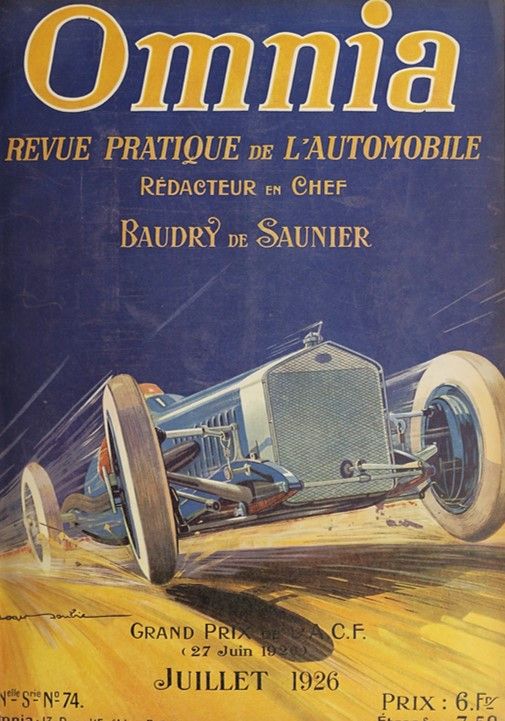
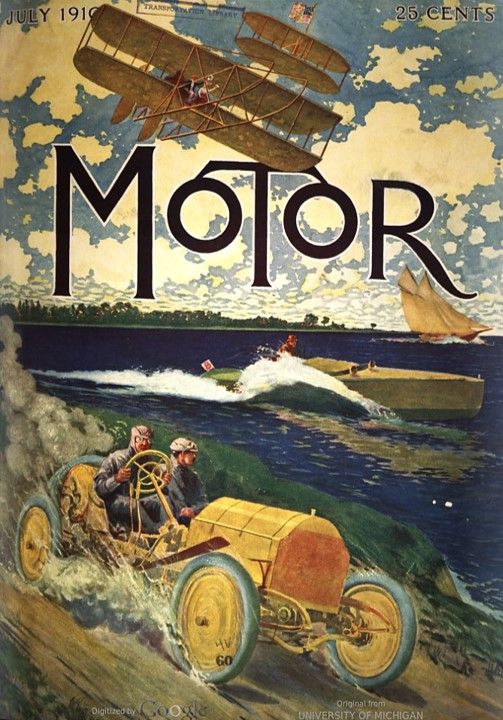
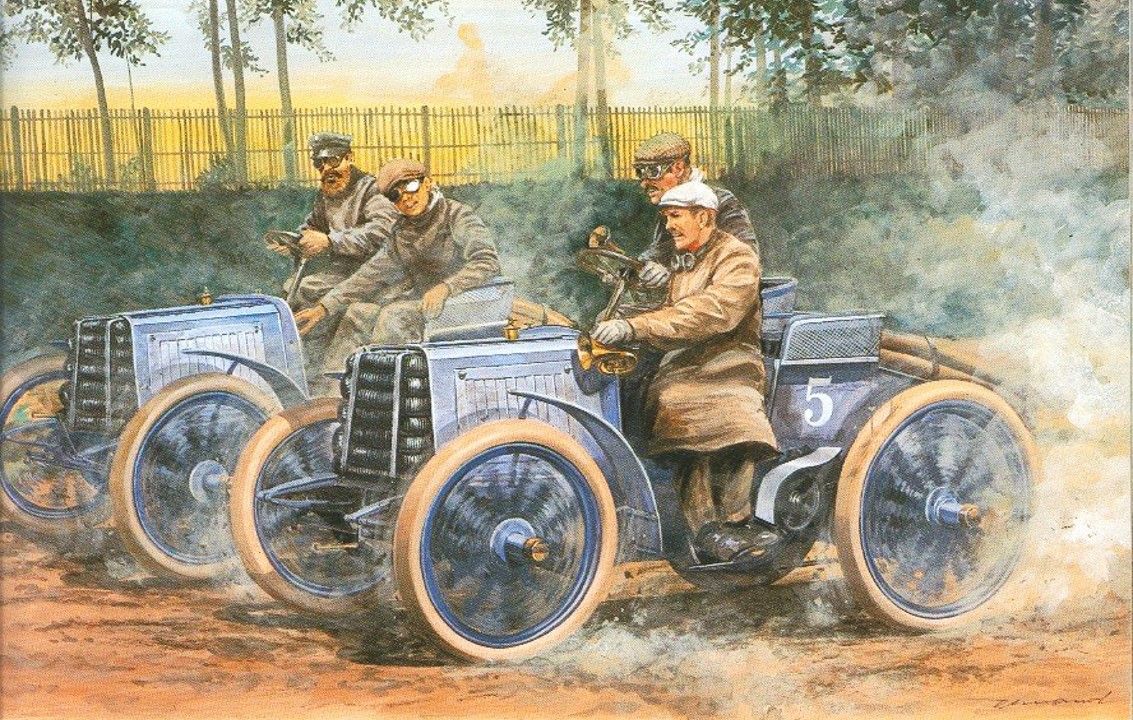
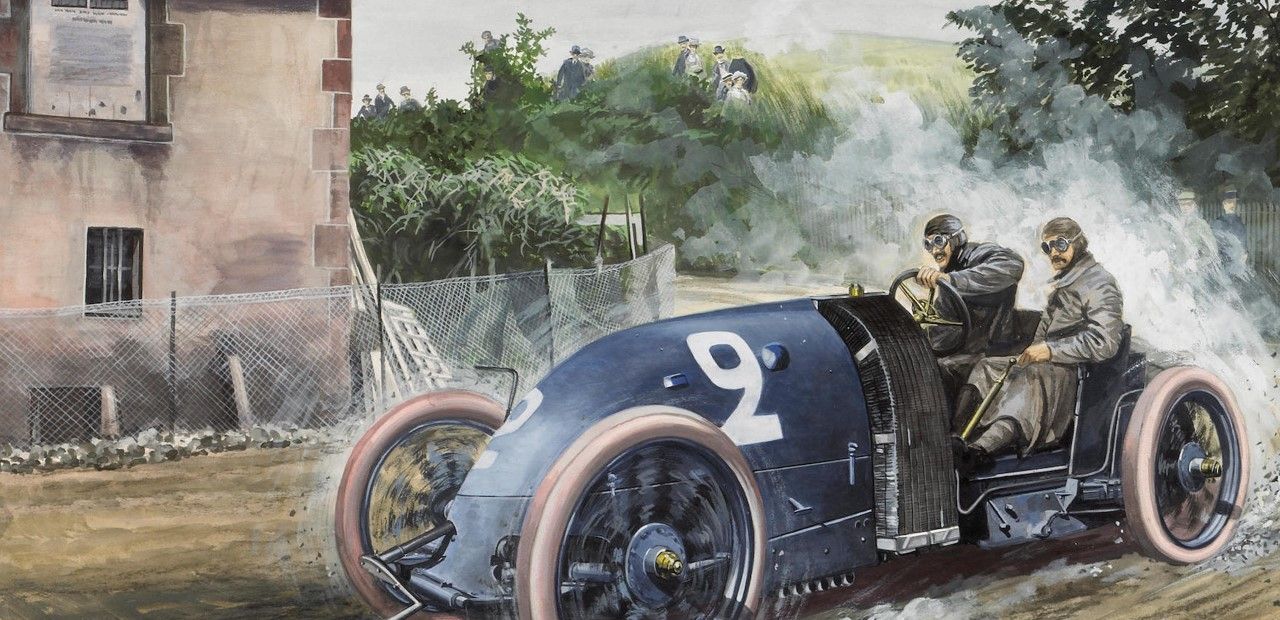
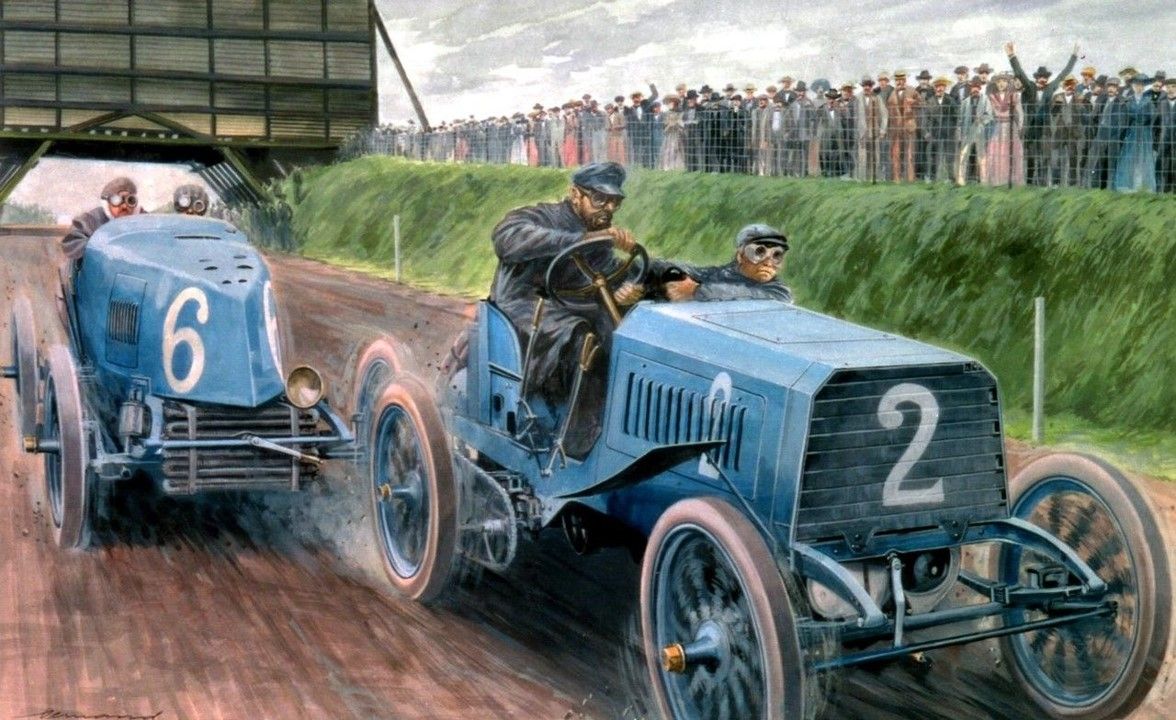
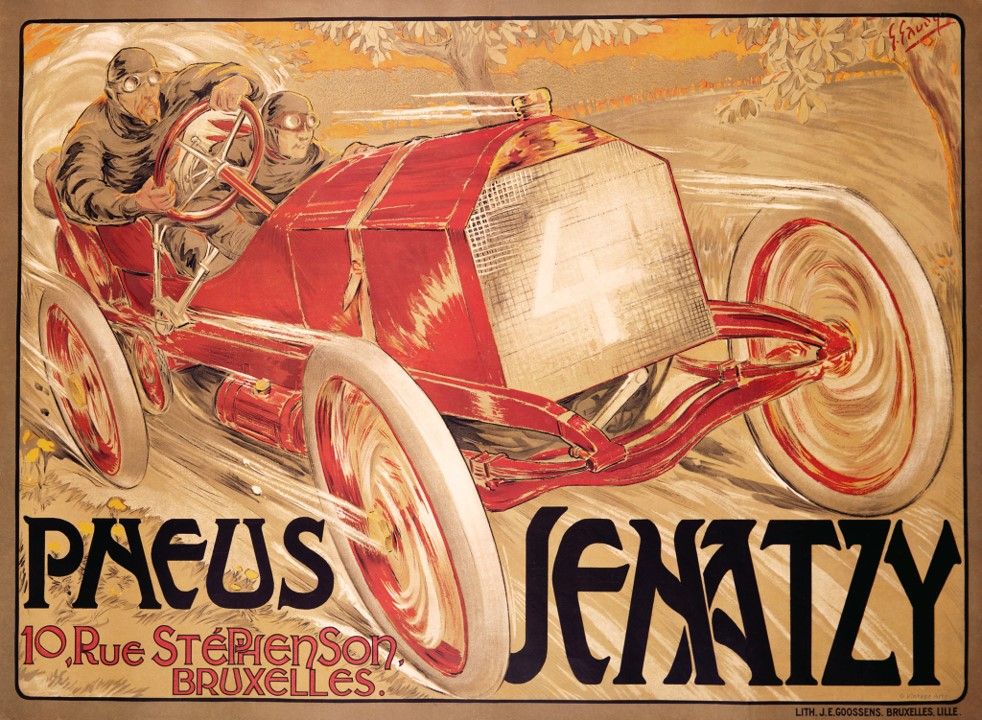
French Industry.
Many influences were at work about 1860 to give the automobiling industry a healthy growth in France. The English roads were consecrated to the horse. Excessive toll rates for steam propelled vehicles were followed by a new act of Parliament, limiting the rate of speed on country highways to four miles an hour and in towns to the ridiculous limit of two miles an hour. A man waying a red flag was required to precede the car.
Macaroni’s steam cars were successfully driven from London to Brighton at a speed of 18 miles an hour. Vehicles were built and shipped to Belgium and Paris in 1835. He was handicapped by the proverbial barrier of all inventors-lack of capital -and he was hounded by his creditors.
French Industry.
Many influences were at work about 1860 to give the automobiling industry a healthy growth in France. The English roads were consecrated to the horse. Excessive toll rates for steam propelled vehicles were followed by a new act of Parliament, limiting the rate of speed on country highways to four miles an hour and in towns to the ridiculous limit of two miles an hour. A man waying a red flag was required to precede the car.
Macaroni’s steam cars were successfully driven from London to Brighton at a speed of 18 miles an hour. Vehicles were built and shipped to Belgium and Paris in 1835. He was handicapped by the proverbial barrier of all inventors-lack of capital -and he was hounded by his creditors.
The revival of self-propelled vehicles on the high- way began in France about 1865. The Lotz Company, of Nantes, France, developed a large business. in building traction engines, and the company constructed an engine in 1865 to haul a ‚bus at that place. Several ‚bus lines were in operation at that time; one from Paris to Joinville le Pont was carrying passengers in 1869. Amedee Bollee began in 1873 to construct steam carriages which were very successful.

The revival of self-propelled vehicles on the high- way began in France about 1865. The Lotz Company, of Nantes, France, developed a large business. in building traction engines, and the company constructed an engine in 1865 to haul a ‚bus at that place. Several ‚bus lines were in operation at that time; one from Paris to Joinville le Pont was carrying passengers in 1869. Amedee Bollee began in 1873 to construct steam carriages which were very successful.
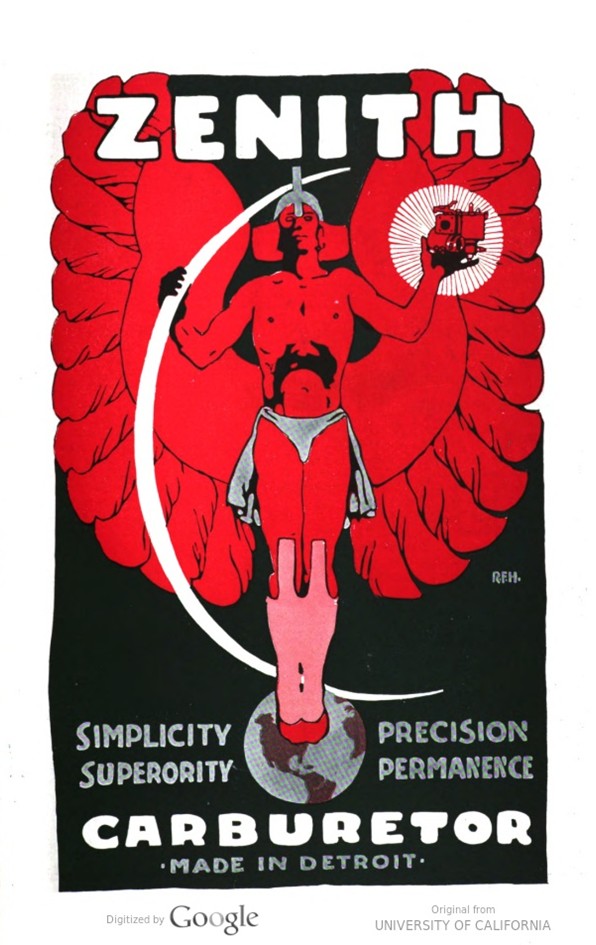
The revival of self-propelled vehicles on the high- way began in France about 1865. The Lotz Company, of Nantes, France, developed a large business. in building traction engines, and the company constructed an engine in 1865 to haul a ‚bus at that place. Several ‚bus lines were in operation at that time; one from Paris to Joinville le Pont was carrying passengers in 1869.
The revival of self-propelled vehicles on the high- way began in France about 1865. The Lotz Company, of Nantes, France, developed a large business. in building traction engines, and the company constructed an engine in 1865 to haul a ‚bus at that place. Several ‚bus lines were in operation at that time; one from Paris to Joinville le Pont was carrying passengers in 1869.
